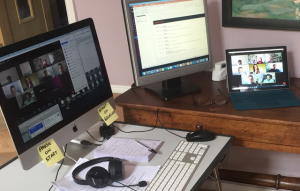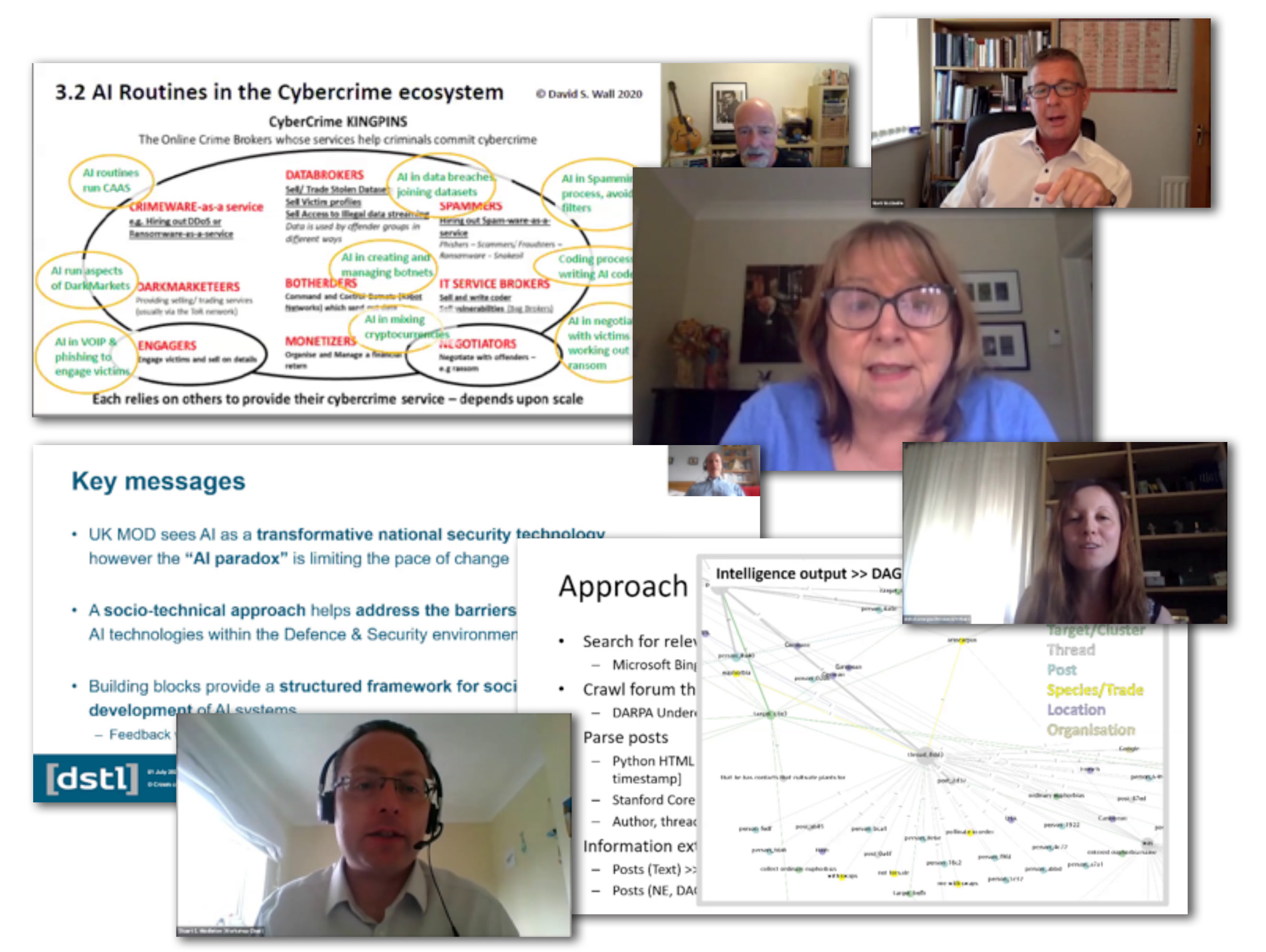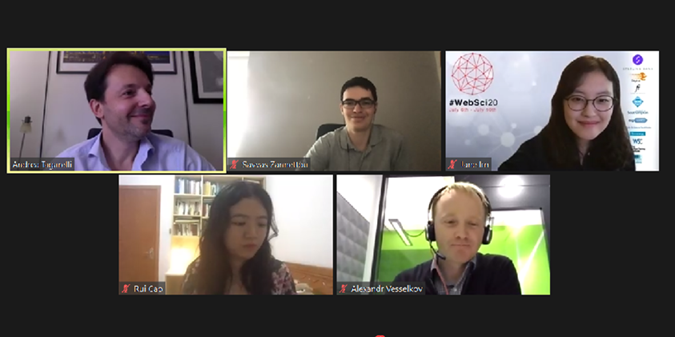
WebSci’20 – an online event by Ian Coombs and Justyna Lisinska
Back in July, the University hosted the WebSci'20 international conference. This was an opportunity for academics from across the world to descend on Southampton to share their research, discuss topics of common interest, network and otherwise socialise. WebSci'20 brought together researchers from various disciplines including computer and information science, economy, communication and health science.
Continue reading →




